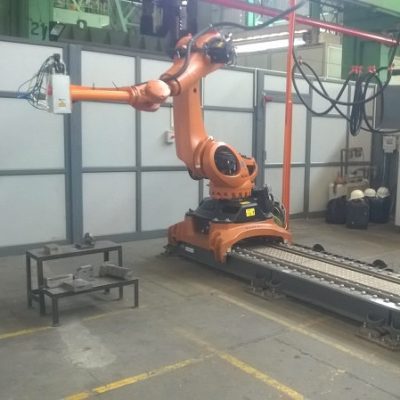Laser Hardening of Gears

Gears are mechanisms used to transmit rotary motion and torque from one shaft to another, or between various machine components, and mechanical instruments. During the function, the teeth of the gear are subjected to pressure, stress and wear. Due to this, over a period of time, there may be failure. So, to increase the life of the gears, the teeth are subjected to various surface treatments to increase their hardness.
Laser hardening is a case hardening process. It is accurate and produces a self quenching effect with minimum heat input compared to other processes like induction hardening.
Advantages of Laser Hardening of Gears
- There is no distortion after the process
- As it is a case hardening process, we get required hardness without causing brittleness.
- Due to lower heat input and self quenching, there is no crack formation.
Why Laser Hardening is the best method for gears?
Many industrial and other applications which use gears have one basic requirement: The gear must be able to withstand force, pressure and torque applied for its expected service life. It must have enough surface hardness, wear resistance and bending strength in order to fulfill this requirement. For this, there are many surface treatment methods but each of the methods have some disadvantages which can be overcome by Laser Hardening.
Let us have a look at different problems with different methods and how laser hardening solves all those problems:
In induction hardening, a customized coil is prepared for gear then it is used for hardening, and it also requires quenching. So, there is distortion in the gear so it requires post processing.
Also, areas immediately next to gear teeth also get heated and there is alteration in their properties which may be undesirable.
Laser hardening uses focused beam which only concentrates on target area and only that part is worked upon, and as it is self quenching, most of the time no post processing is required.
Flame hardening is another method where a torch is used for heating, but the method is not accurate because each area may be heated differently. Even though the process is integrated with automation, it is still not perfect because there is some dimensional distortion.
Laser Hardening is the latest method and can solve all above problems.
The concentrated laser beam can be used to harden selected sections of gear.
As the beam is very focused, even small areas of complex geometry can be targeted and hardened without affecting base material adjacent to the target area.
As it is an automated process, it can be integrated with CNC as well as Robot, Laser Hardening machine gives precise results, and the process is repeatable and very useful for mass production of gears.
The beam produced by Laser Hardening machine passes over the gear tooth, heats and rapidly cools the gear tooth surface, and bulk of material conducts the heat away producing a self quenching effect. There are following advantages of using Laser technology for hardening gears:
- There is no distortion of the gear.
- No post processing required, it can be done on finished product.
- It is a case hardening process, accurate case depth can be achieved, so we get maximum achievable surface hardness while maintaining toughness of the material core.
- It is fast and repeatable process, so we get higher productivity.
- Low heat input, high wall plug efficiency, so it is economical.
Any queries ? Feel free to contact us.
Laser hardening Machine
Hardening is done on special die’ for forming various car BIW parts like side doors, rear door etc. This consists of a KUKA six axis robot of 60 kg payload capacity mounted on linear track which can travel up to 5 meters length.

